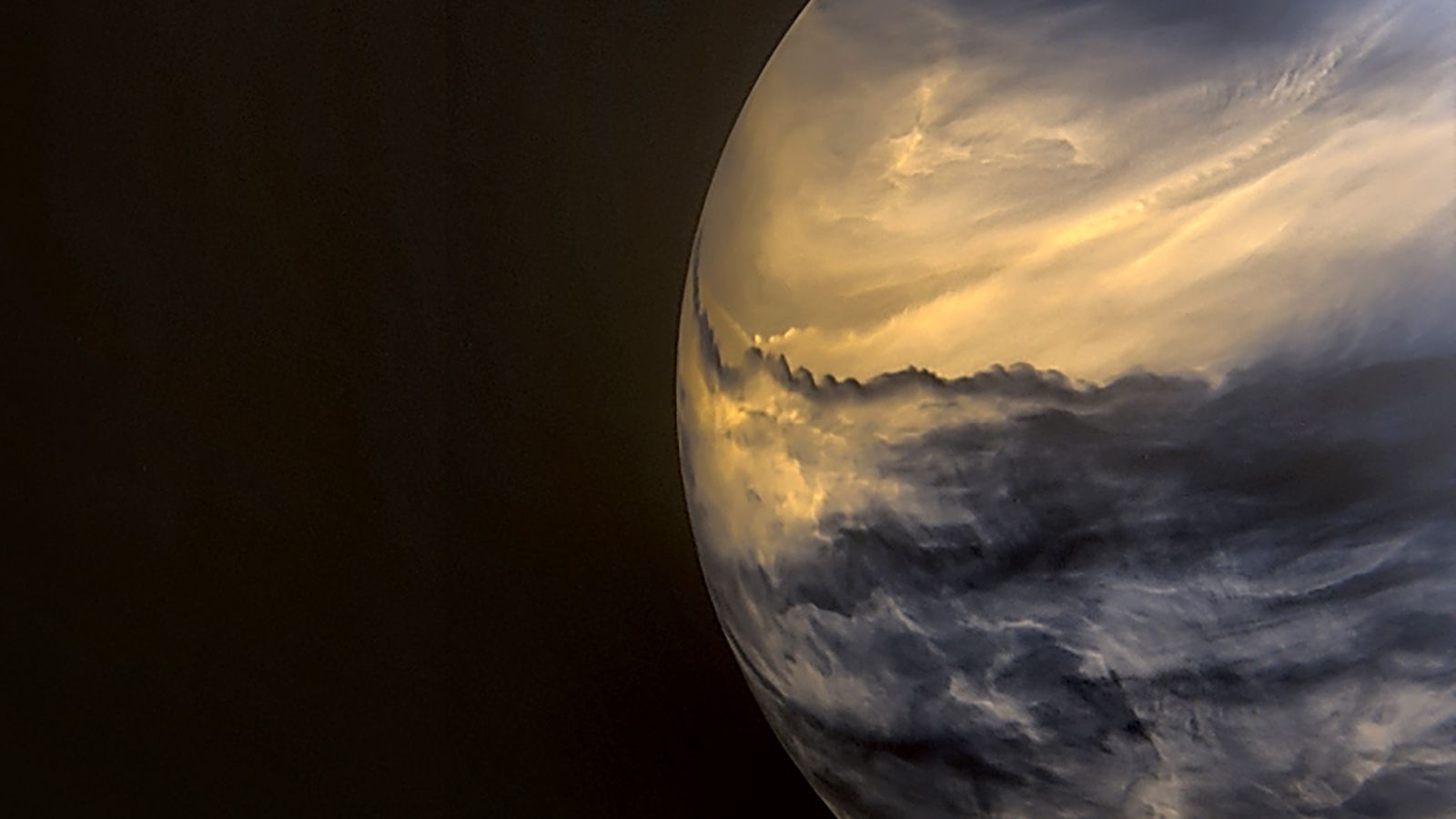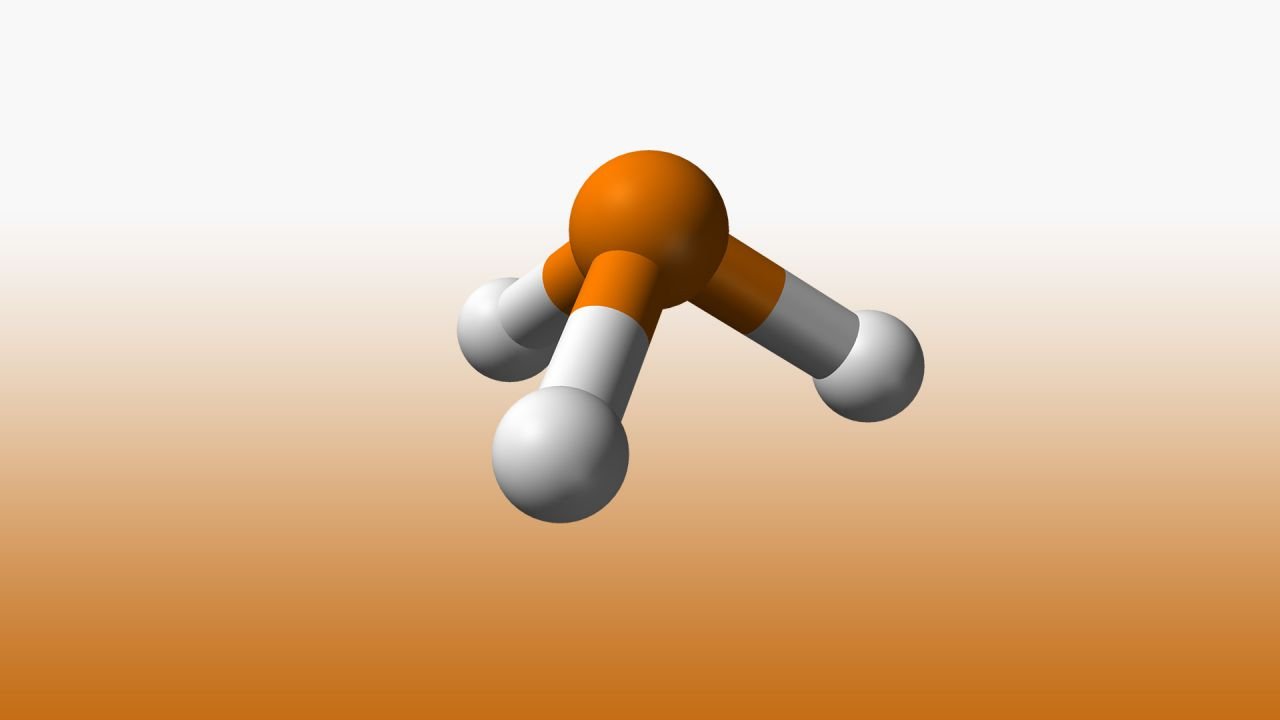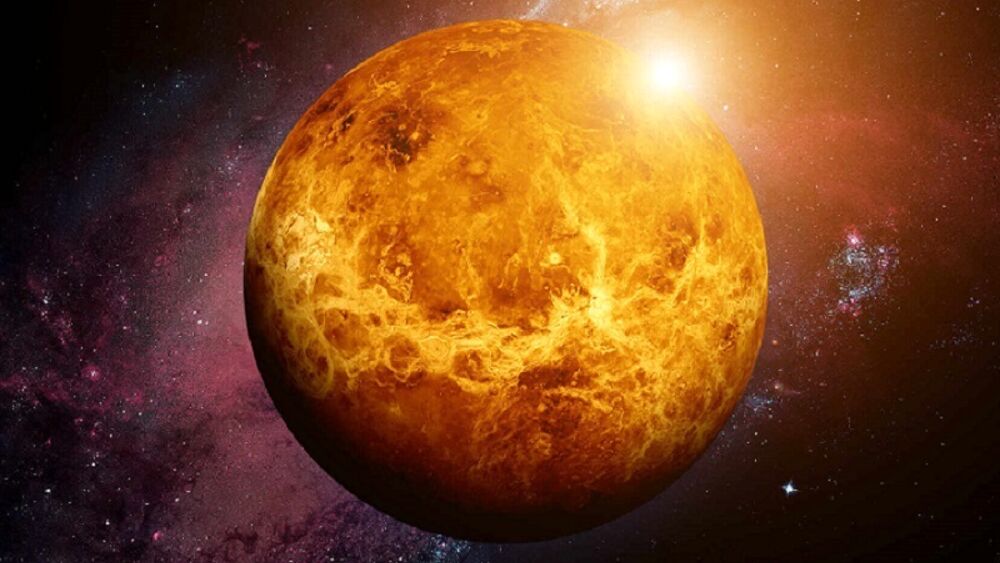We are desperately looking for the life outside the planet Earth. That small sign that loudly shout toward us: you are not alone! Maybe we found it on Mars, that small light beam, a pinch of organic matter. And here you have another sign, our second neighbor: Venus. It seems that even the hot planet two steps away from the sun has big thing to say. Signs of life arrive from Venus!
Something strange is happening on the Venus clouds
“Something strange is happening on the Venus clouds”, it is like that that the same scientists that found out this small sign of life remained without words themselves.

There is something strange inside the clouds of Venus. It is the phosphine, a smelly and flammable gas that kills every life form that need the oxygen to survive.
If there is the phosphine, so, can’t be life inside the clouds of Venus, because it kills all of them, you might say. But it isn’t true. That fas, toxic and harmful for every life form as we know it is, in reality, the sign of presence of life.
Yes, because according to our current understanding of the life and of the universe the phosphine can be only produced by the human or the microbial life.
What is the phosphine?
The phosphine is, like we said a highly harmful gas, that kills every living being that breaths oxygen. However it’s right from the life forms that it’s produced.

We can find the phosphine even on the planet Earth. The phosphine is naturally produced by some living organism that live without oxygen, like inside the swamps, the dumps or inside the bowel of other animals. They are small bacterias.
But this smelly and highly harmful gas can be even produced artificially. During the first world war the phosphine was used as a chemical weapon.
It is produced still today and used as fumigant in the farming.
The phosphine as sign of life on Venus
The phosphine, so, there is on the planet Earth and it’s been created both artificially and naturally. In the second case, by the way, it can be only produced by living organisms.
For this reason one thought to use it to look for signs of extraterrestrial life outside our own planet.
Right at the beginning of this year the scientists decided to point the most precise telescopes of the world on the most remote extrasolar planets, looking for the phosphine. But no one wondered that it will be found on one of our closest neighbor.
Signs of life from Venus!
When the telescopes found the phosphine on Venus the astronomers that were there looking to it didn’t believe to their eyes.
“There and then I was schocked, obviusly. I thought that it was an error, even if I strongly wanted that it wasn’t”. These are the first words of Clara Sousa Silva, researcher of the MIT, the first one to detect the phosphine between the clouds of Venus.
The study was then published on the magazine Nature Astronomy. If even it is true that, as we know the phosphine can be only produced by living beings, it’s even true that we must wait a little bit more before to officially claim that no, we aren’t alone in the universe.
“It is extrememly exciting, but we must first ensure that what detected is real. When someone signs the obsercation of an extraordinary phenomenon, never detected before, we wonder if it’s caused by a procedural error”. According to the Planetary Science Institute there is the risk that the phosphine was detected inside the Venus clouds as a procedural error or for a wrong interpretation of what observed by the telescope.
But if, after the necessary checks, it might be true that there is the phosphine in the venus skies, so there will be two hypothesis to evaluate.
The first one is that an alien form of life is producing it, there, in the middle of the venus clouds. The second one is that there is a chemical reaction still unknown. The first one is without any doubt the most likely and the most attractive.
Moreover it is already a while that it was claimed that, even if the Venus surface is completely inhospitable for the life, the clouds, instead, have the right temperature, the first sun, the water and oxygen, maybe. And so it only remains to wait to know the truth.
This post is also available in:

